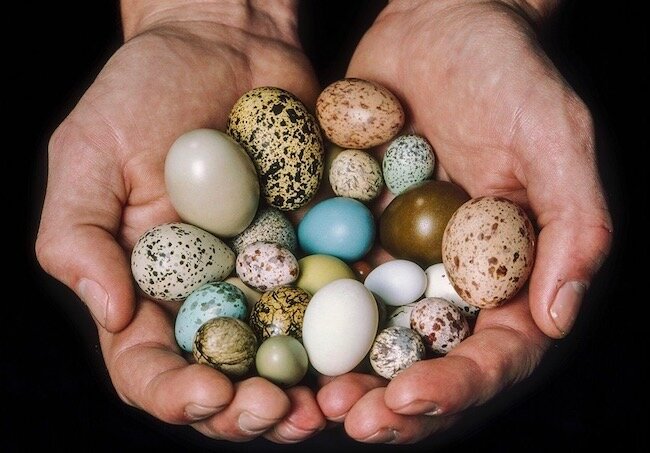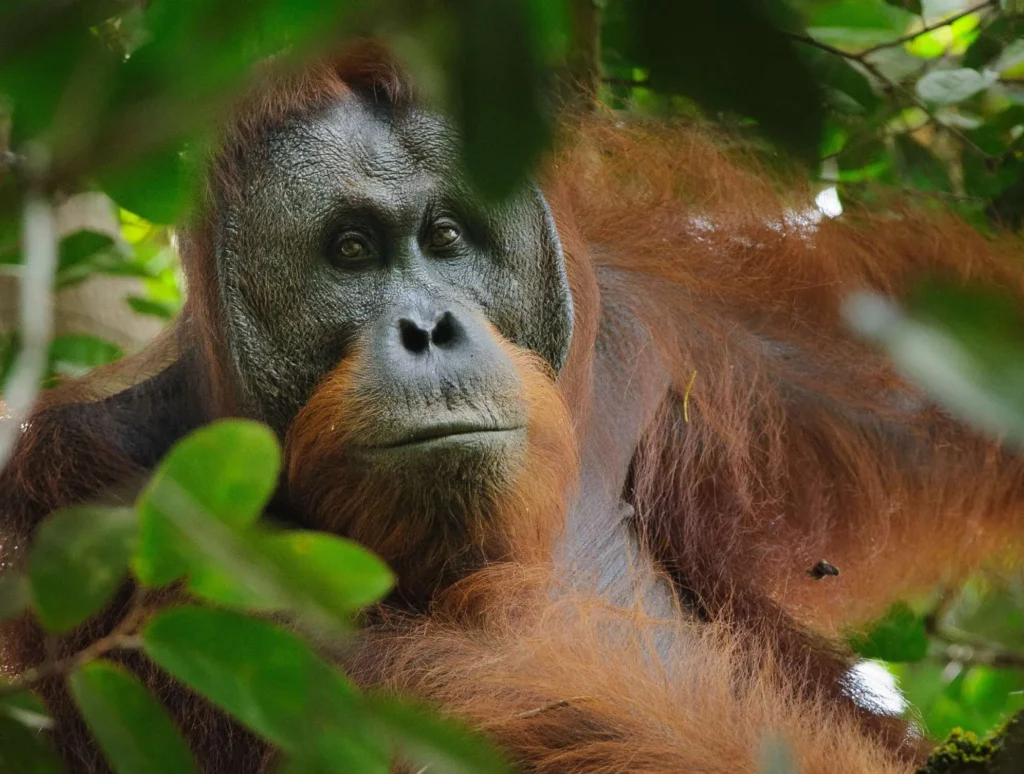Birds are fascinating creatures, not just for their ability to fly, sing, and migrate, but also for their stunning eggs.
The colors, patterns, and textures of bird eggs are incredibly diverse and often serve important functions in their survival and reproduction. Some eggs are brightly colored to ward off predators, while others are camouflaged to blend into their environment. In this article, we’ll explore eight birds and their unique and fascinating egg colors.
The American Robin (Turdus migratorius)

The American Robin is perhaps the most well-known bird in North America, with many people equating it with the arrival of spring. What makes their eggs unique is that they are a bright sky-blue color. Their eggs are glossy and bright, with a beautiful turquoise color that is noticeable among their nests. The blue color is thought to help camouflage in its environment, matching the blue of the sky and reducing predation possibility. The deep blue also serves as a sign that the eggs are healthy, giving a sign of fertility and health for the bird species.
The Common Murre (Uria aalge)

The Common Murre, a sea bird that lives in the northern world, has eggs that are quite unique in appearance. These eggs are typically speckled or spotted, with a light blue or green background color and dark brown or black spots. So special about them is their shape – pear-shaped, hence prevented from rolling off cliffs, where they habitually nest. The speckled and coloration pattern of the eggs allows them to camouflage against the rocky environment to remain concealed from predators that would otherwise find them.
The Emperor Penguin (Aptenodytes forsteri)

The Emperor Penguin, famous for its incredible survival in Antarctica’s harsh climate, lays eggs that are quite different from those of most birds. The eggs of the Emperor Penguin are pale whitish in color with a translucent appearance and are smooth on the surface. What makes their renditions so unique is the way the parents alternate incubating them. The female lays an egg and transfers it to the male, who incubates it on his feet for nearly two months before it can hatch. The pale color of the egg helps it blend into the white landscape of Antarctica.
The Eurasian Cuckoo (Cuculus canorus)

The Eurasian Cuckoo is well known for its parasitic breeding behavior. Instead of building its own nest, the cuckoo lays its eggs in the nests of other bird species, typically deceiving them into taking care of its young. What is interesting about their eggs is that they have a variety of colors and designs, which resemble the eggs of the host birds. Cuckoo eggs can be white, brown, or blue, with streaks or markings that exactly resemble the host’s eggs. Such sophistication in deception makes it less probable for the egg to be rejected by the unsuspecting host.
The Kiwi (Apteryx species)

The Kiwi, New Zealand’s symbol bird, lays some of the largest eggs relative to its body size in the bird kingdom. Kiwi eggs are an impressive olive green or brown, and they are just enormous relative to the bird itself. The eggs are shiny and have a very muted, understated color that will enable them to blend in with the plants on the ground where Kiwis will lay their eggs. The large egg is thought to have evolved for its role in making the newly-hatched chick more likely to survive.
Atlantic Puffin (Fratercula arctica)

The Atlantic Puffin, better known as the “sea clown” with its painted bill, is even more interesting when it comes to egg-laying. Puffin eggs are usually white with speckles or spots of light brown and grey, reflecting the rocky environment of the seabirds’ nesting beaches. The egg spots help to camouflage the eggs in the crevices and cliffs in which puffins nest, giving them a better chance of avoiding predators. This camouflage is a crucial defense mechanism in the rocky, predator-rich environment of the puffin.
The Great Tinamou (Tinamou major)

The Great Tinamou, a ground-dwelling bird of South America, lays some of the most beautifully colored eggs in the avian kingdom. The eggs are bright green or blue with dark spots and streaks, hence quite conspicuous. The mottling and vivid colors are considered to camouflage the eggs against the dense forest ground cover, and hence they become difficult to detect by predators. The Great Tinamou is quite shy and has the habit of concealing its eggs well in the vegetation, trusting the eggs’ color to camouflage them.
The Gouldian Finch (Erythrura gouldiae)
A native Australian bird, the Gouldian Finch is renowned for its stunning coloration and lively personality. The finch’s eggs are more subdued by comparison, however. They are white or light cream, usually with a smooth, glossy appearance. While the hue of theirs is not nearly as theatrical as the feathers of the bird, the lack of color and smooth texture of the eggs function to assist them in blending in with the black recesses of trees or nests built within thick grass. The ability of the finches to produce relatively unnoteworthy-colored eggs, compared to more colorful or spotted eggs, is considered an evolutionary adaptation to assist them in remaining hidden from predators.
Conclusion
Birds’ eggs are not only a marvel of nature in terms of color, but in terms of how the color serves to assist in the survival of the species too. Either camouflaged to be inconspicuous among their surroundings or brightly colored to act as a warning to possible predators, each bird’s egg has a unique function. From the blue eggs of the American Robin to the speckled eggs of the Common Murre, all colors and patterns tell stories of survival and adaptation in the natural world. The observation of these eggs elicits a deeper appreciation of diversity and beauty in bird existence.




